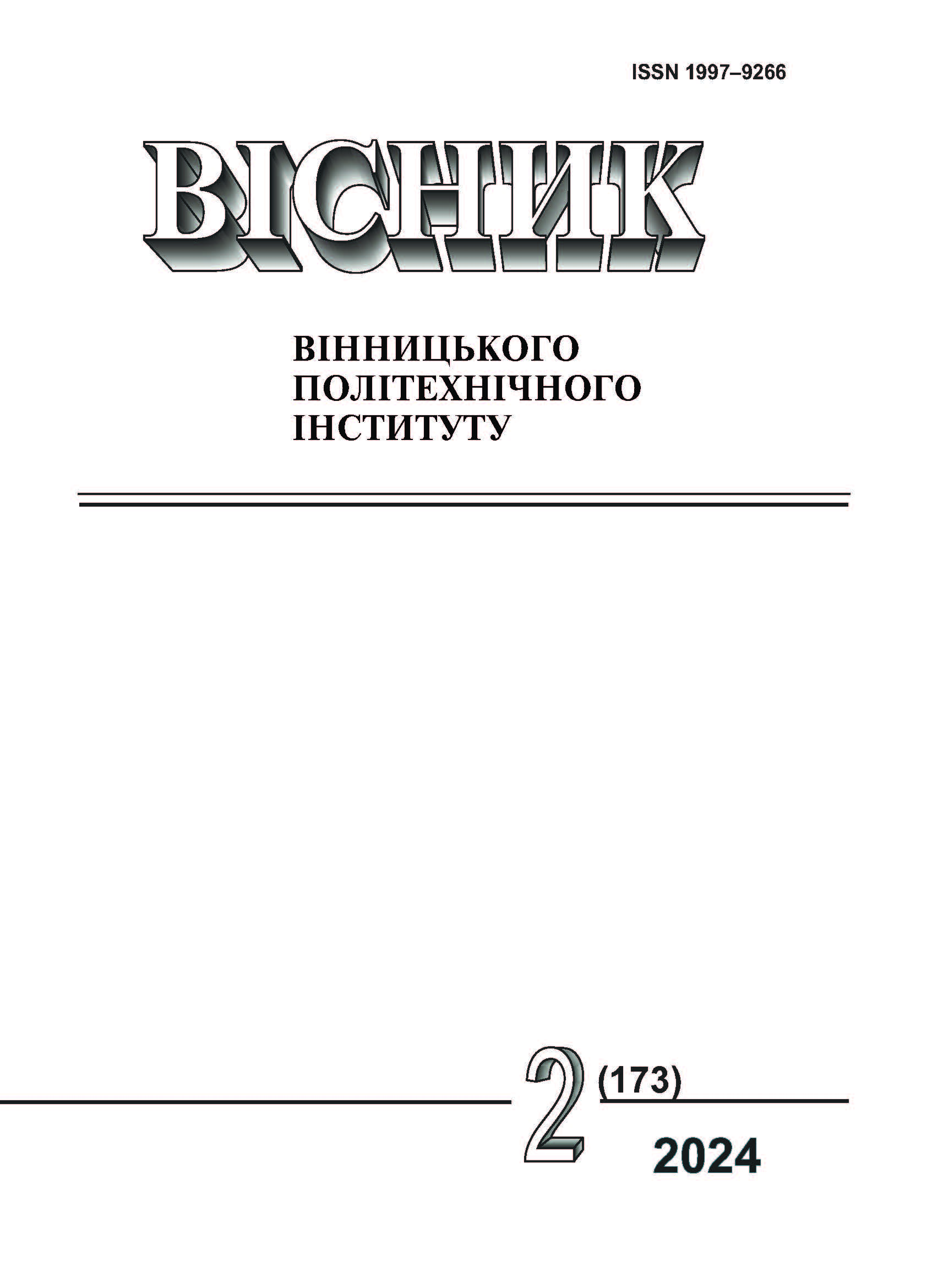Equivalent Models of the Random Variable Distribution Laws
DOI:
https://doi.org/10.31649/1997-9266-2024-173-2-53-60Keywords:
random variables, distribution laws, equivalent models, histogram alignment, numerical methods, interpolation, Python implementation programsAbstract
It is substantiated that the determination of any characteristics of random variables can be reduced to computer calculations using the corresponding numerically determined integral laws of their distribution, and therefore the implementation of the stage of "equalization" of histograms with classical functions, which are proposed in classical mathematical statistics to approximate the random variable distribution laws, becomes unnecessary. A method of synthesis of equivalent models of the random variables distribution laws is proposed, in which instead of the procedure of "equalization" of histograms, a much simpler procedure of their approximation to numerically given integral distribution functions is implemented, which, after interpolation and differentiation, are transformed into equivalent models of differential laws of distribution in the event that the researcher has these laws for further studies are needed in a differential form. It is shown that the use of equivalent models of the random variable distribution laws when calculating their numerical characteristics gives results that are closer to the characteristics of the implementations of random variables generating these laws compared to the results that occur after the "equalization" of histograms by known classical functions using the Pirson procedure The effectiveness of the proposed method is demonstrated on the example of building a database suitable for identifying the laws of the distribution of grades of students who receive these grades while studying in a small-format group. The starting conditions for this example are taken from a specific previous publication of the authors, in which they created a database of student evaluations in a group of 10 people during their study: "Methodology and organization of scientific research in the field of information technologies."
References
Б. І. Мокін, В. Б. Мокін, і О. Б. Мокін, Практикум для самостійної роботи студентів з навчальної дисципліни «Методологія та організація наукових досліджень». Частина 1: від постановки задачі до синтезу та ідентифікації математичної моделі. ВНТУ, Вінниця, 2018, 179 с. [Електронний ресурс]. Режим доступу: http://mokin.com.ua/files/articles/65/46/Mokin_SRS_MOND.pdf .
Б. І. Мокін, О. Б. Мокін, і О. М. Косарук, Ідеологія дуальності в вищій технічній освіті на основі інтеграції навчання з виробництвом, моногр. Вінниця, Україна: ВНТУ, 2019, 224 с.
Python. [Електронний ресурс]. Режим доступу: https://www.python.org//downloads/ .
Б. І. Мокін, В. Б. Мокін, і О. Б. Мокін, Навчальний посібник для опанування студентами способів розв’язання задач з функціонального аналізу мовою Python, Частина 1. ВНТУ, Вінниця, 2022, 124 с.
Б. І. Мокін, В. Б. Мокін, і О. Б. Мокін, Навчальний посібник для опанування студентами способів розв’язання задач з функціонального аналізу мовою Python, Частина 2. ВНТУ, Вінниця, 2023, 144 с.
Р. Н. Квєтний, Я. В. Іванчук, І. В. Богач, О. Ю. Софина, і М. В. Барабан, Методи та алгоритми комп’ютерних обчислень. Теорія і практика, підручн. ВНТУ, Вінниця, 2023, 280 с.
О. О. Войцеховська, Б. І. Мокін, і Д. О. Шалагай, «Про один спосіб створення бази даних для системного аналізу якості засвоєння студентами навчальної дисципліни,» Вісник Вінницького політехнічного інституту, № 5, с. 58-67, 2022. https://doi.org/10.31649/1997-9266-2022-164-5-58-67 .
Downloads
-
PDF (Українська)
Downloads: 73
Published
How to Cite
Issue
Section
License

This work is licensed under a Creative Commons Attribution 4.0 International License.
Authors who publish with this journal agree to the following terms:
- Authors retain copyright and grant the journal right of first publication.
- Authors are able to enter into separate, additional contractual arrangements for the non-exclusive distribution of the journal's published version of the work (e.g., post it to an institutional repository or publish it in a book), with an acknowledgment of its initial publication in this journal.
- Authors are permitted and encouraged to post their work online (e.g., in institutional repositories or on their website) prior to and during the submission process, as it can lead to productive exchanges, as well as earlier and greater citation of published work (See The Effect of Open Access).





